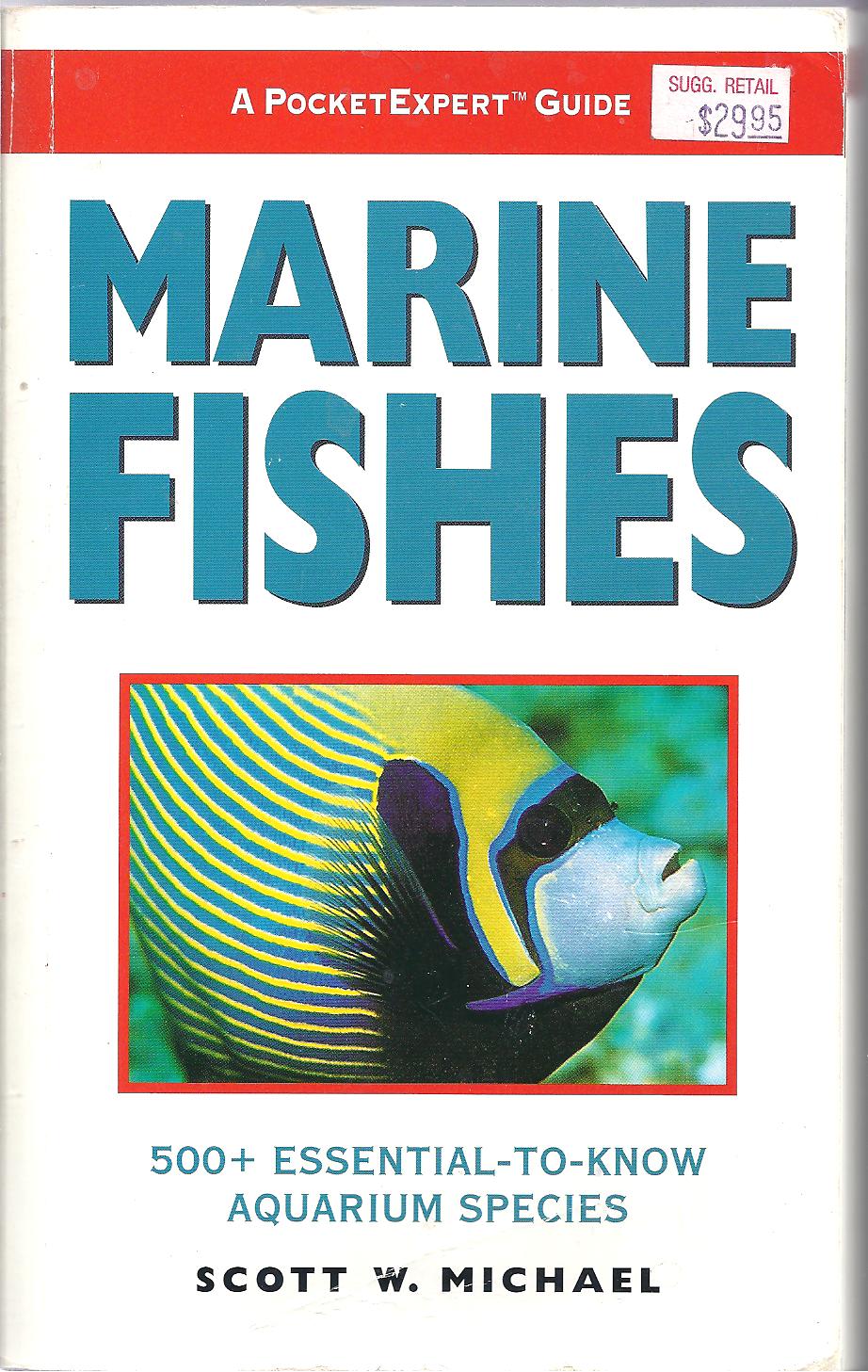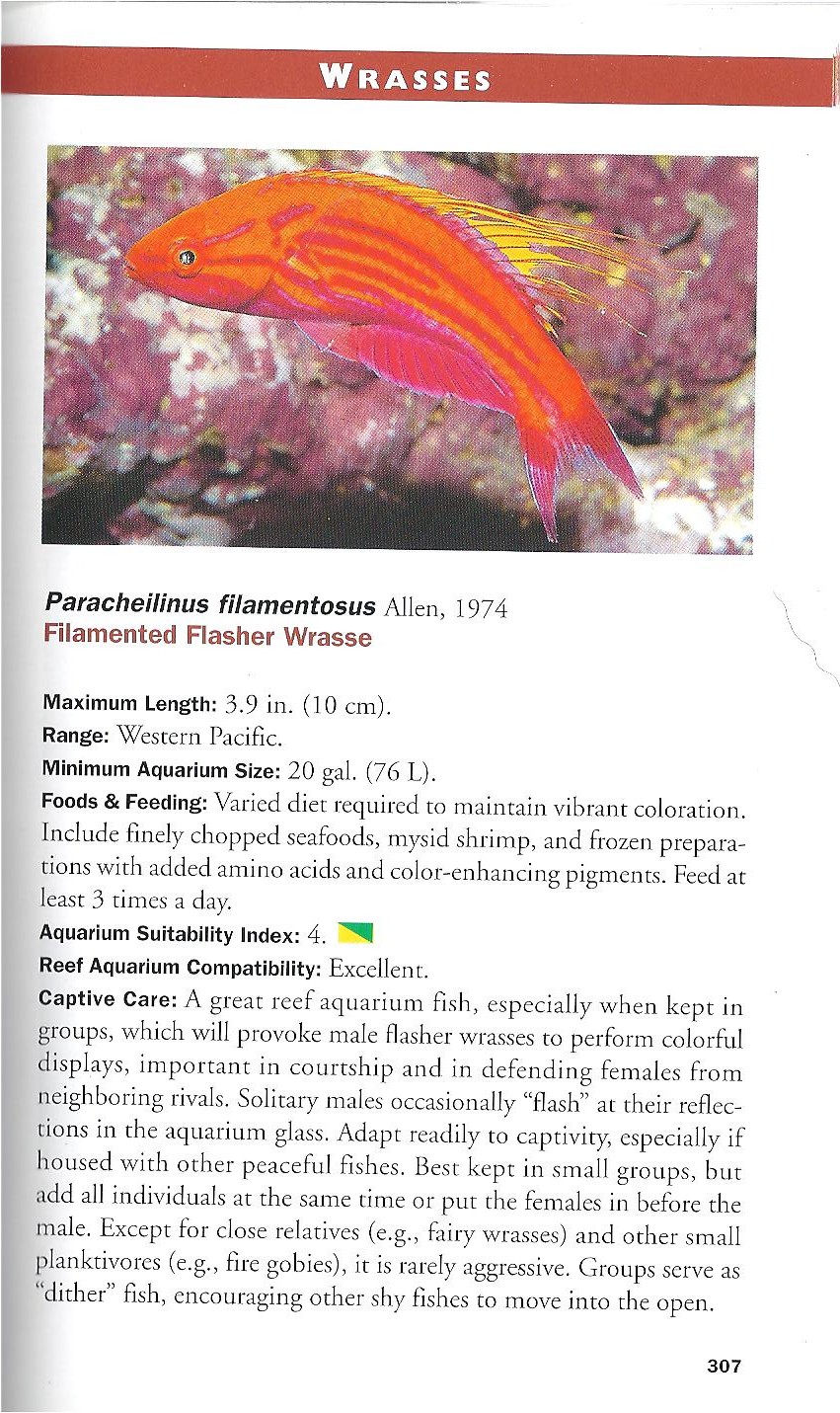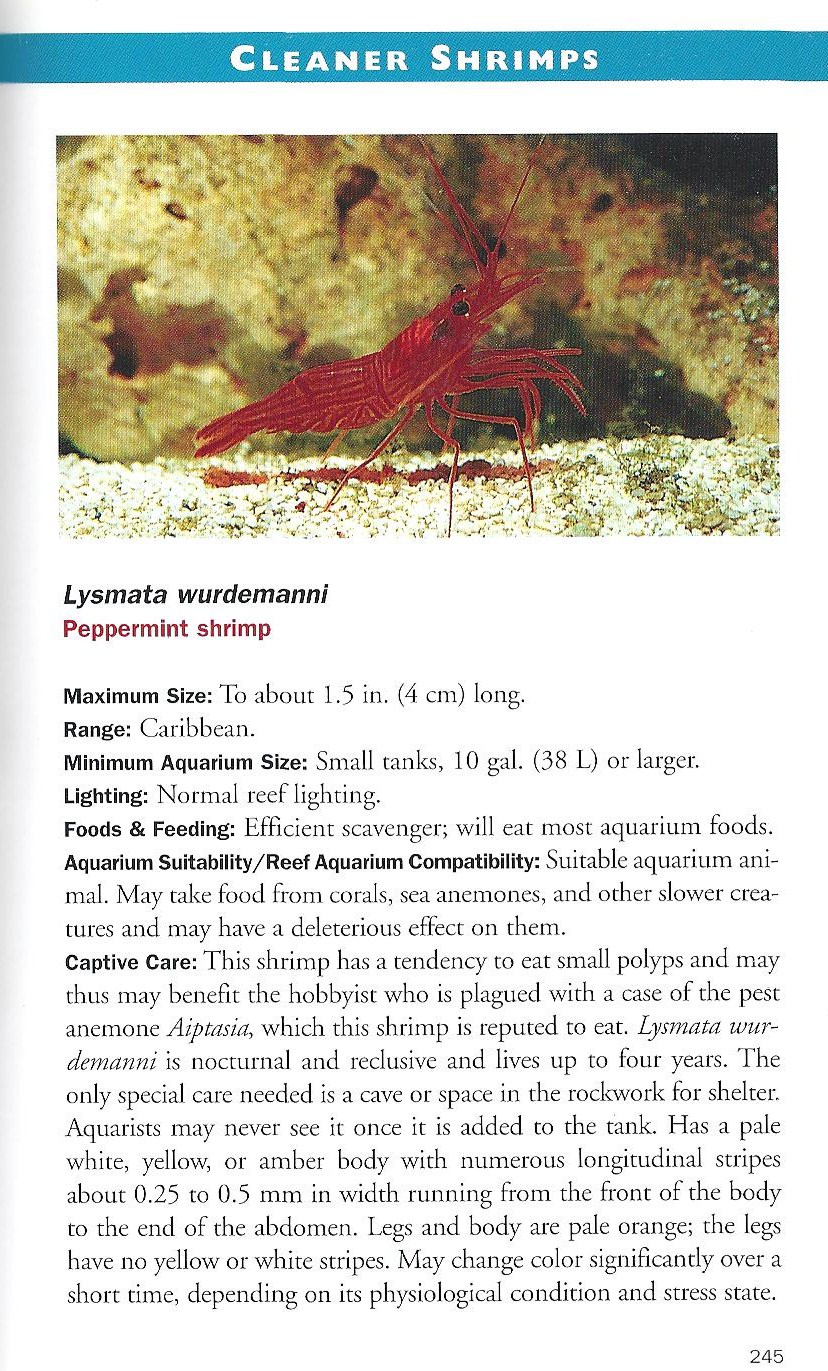mweezy2011
Member
Hey guys i just started a saltwater tank

I got a 92 gallon corner tank bow front w/ stand from my uncle. FREE! lol he gave me everything with it! it has a back mounted filter and a siphon on the back for the sump in the bottom. The sump has a 2500 gph pump that feeds the water to the protein skimmer and the water into the bio ball filtration. the front has a 2300 gph pump to feed the water back to the tank. the tank has crushed corals/live sand and maybe 10-15 lbs of base rock/live rock. I have 2 T5 HO lights coming in the mail as we speak and there 160w a piece. I currently have 2 nemo's believe there proper name is percula clownfish and i have a sally lightfoot crab. What do u guys think my next addition should be to my tank? and keep in mind ive only had my tank up and running for 1 week. Any advice would b great and much appreciated


I got a 92 gallon corner tank bow front w/ stand from my uncle. FREE! lol he gave me everything with it! it has a back mounted filter and a siphon on the back for the sump in the bottom. The sump has a 2500 gph pump that feeds the water to the protein skimmer and the water into the bio ball filtration. the front has a 2300 gph pump to feed the water back to the tank. the tank has crushed corals/live sand and maybe 10-15 lbs of base rock/live rock. I have 2 T5 HO lights coming in the mail as we speak and there 160w a piece. I currently have 2 nemo's believe there proper name is percula clownfish and i have a sally lightfoot crab. What do u guys think my next addition should be to my tank? and keep in mind ive only had my tank up and running for 1 week. Any advice would b great and much appreciated









